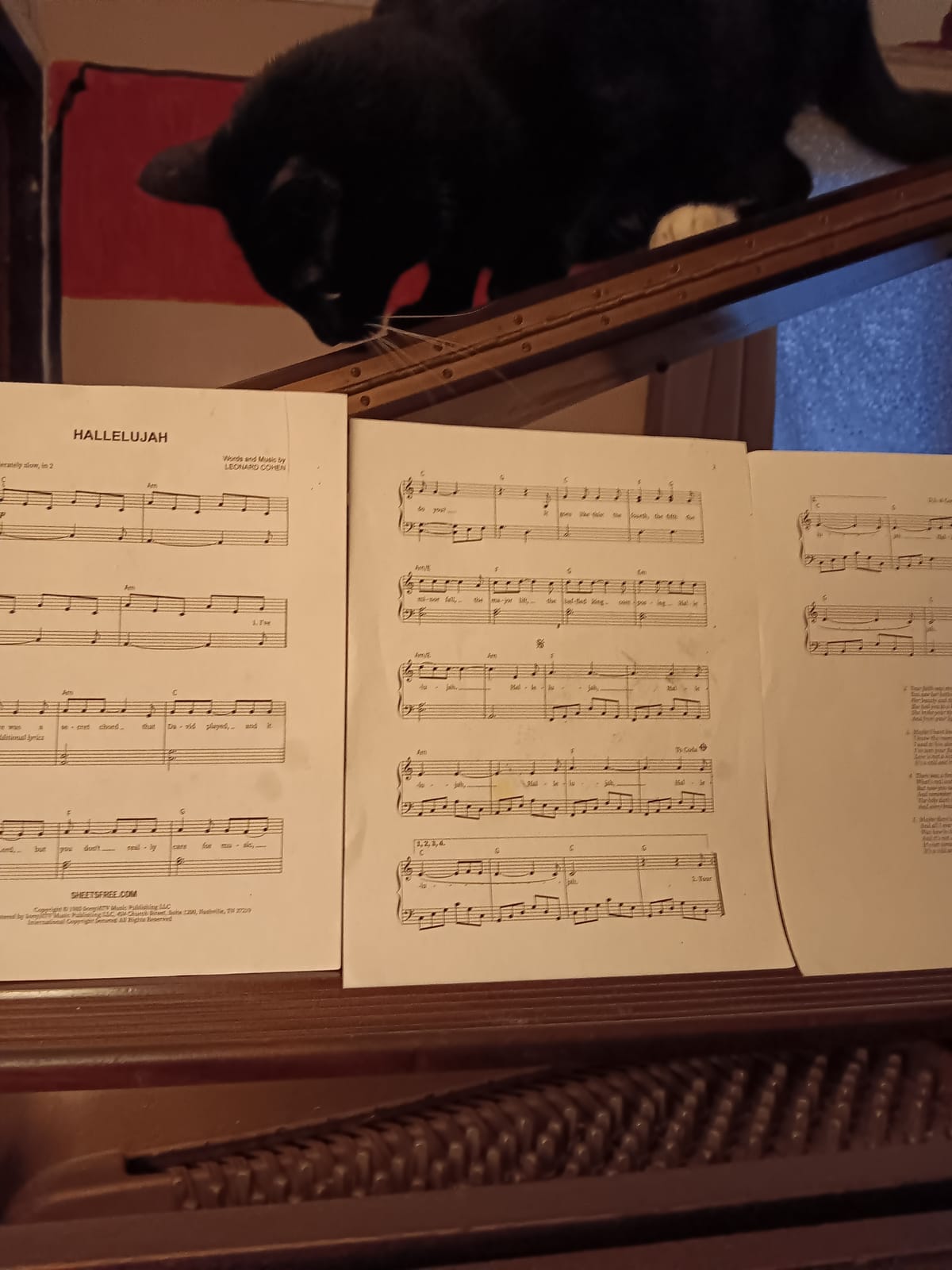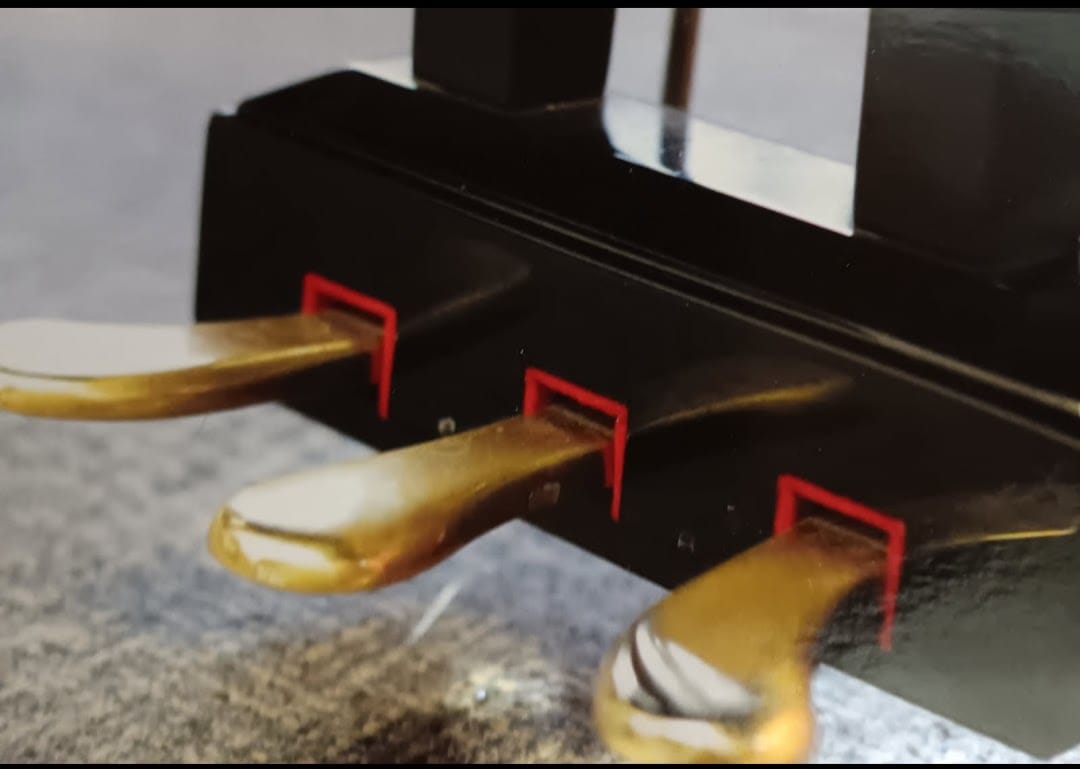Sound is vibrating air
Psychoacoustics helps explain how it makes us feel.

When you press a key on the piano, levers move which makes a felt-tipped hammer hit a collection of tense steel strings. Those strings vibrate, allowing the molecules around those strings to oscillate in a way that creates a wave.
If you pressed middle C, for example, the strings will vibrate about 263 times per second. If you pressed A4, those strings will vibrate 440 times per second. If you pressed the very first note on the piano, A0, those strings will vibrate about 28 times per second. If you pressed the very last note on the piano, the high C, the C8, those strings will vibrate 4,186 times per second.
When two waves of different frequencies overlap, a phenomenon called wave interference happens. Wave interference can produce a consonant experience or a dissonant experience depending on which wave forms are combined.
When the waves have frequencies with simple whole number ratios, the constructive patterns are stable and periodic, and the human ear interprets this predictability as consonance.
When the the frequencies are close but not quite aligned, this creates beats, which are pulsating changes in volume. The brain interprets this as unpleasant because the brain is wired to seek predictability. The sensation produced in the body is akin to suspense or irritation—dissonance.
The scientific study of this—how humans perceive sound and why certain sounds feel harmonious—is called psychoacoustics.
We teach this.
Bookings for lessons, for academic speaking, and for corporate training are happening now. Contact us: 313 687 4433 and Lessons@ThePianoInstructor.net.
